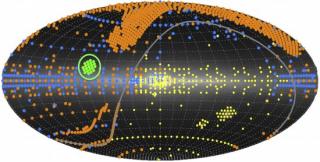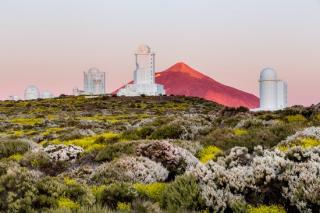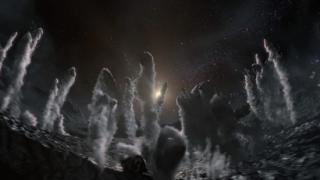
The Sloan Digital Sky Survey (SDSS), in which the Instituto de Astrofísica de Canarias (IAC) is a participating partner, will extend its reach to cover all the scales, from our own galaxy to the distant universe
Advertised on
This section includes scientific and technological news from the IAC and its Observatories, as well as press releases on scientific and technological results, astronomical events, educational projects, outreach activities and institutional events.





